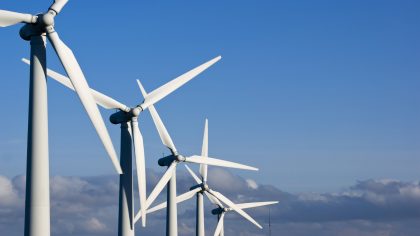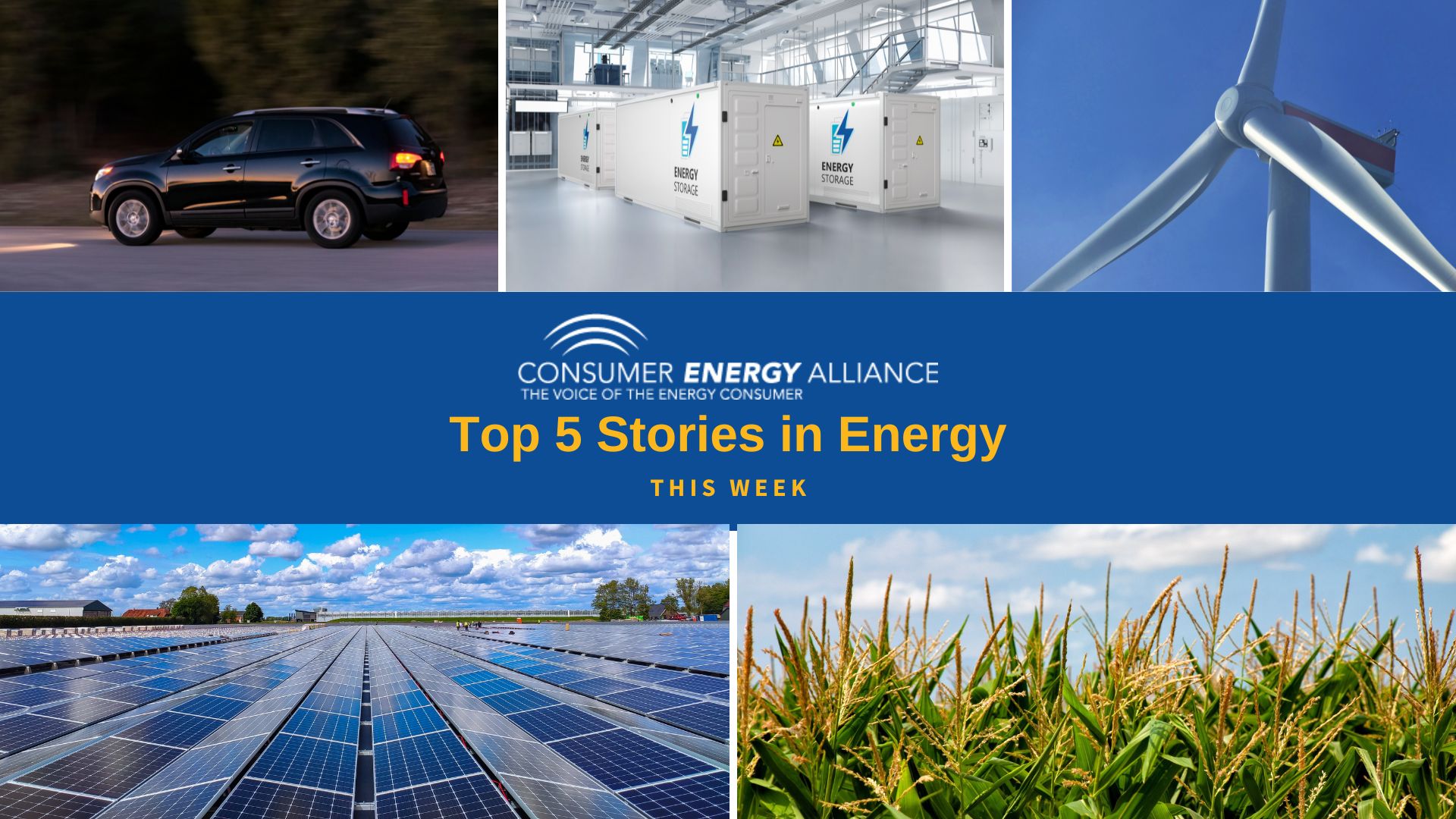Following last week’s Memorial Day holiday, all states and U.S. territories have eased restrictions on businesses and social activity, trying to restart their economies – while some people are looking to get back out and enjoy restaurants and bars post-lockdown, others aren’t so sure. One thing parents are thinking about now that states are reopening is how and when schools will restart and deciding whether or not they want to join a quarantine bubble. And for the first time in months, just in time for the summer season, theme parks around the country are also preparing to reopen. And last but not least, though the initial rocket launch was scrapped this week due to weather, NASA – National Aeronautics and Space Administration and SpaceX plan to launch their rocket this weekend and you can watch it live here – and while all of this and more have piqued our interest this week, here are some of our Top 5 favorite energy stories that happened this week! If you missed them last week, you can check them out here.
SUVs are now 40% of new car sales worldwide, according to newly released International Energy Agency data.
There are now more than 200 million SUVs on the road and they account for 60% of the increase in the worldwide vehicle fleet since 2010. This increase accounts for 500,000 barrels per day of growth in oil demand for passenger vehicles between 2010 and 2019, per IEA. Axios shares more about this new milestone.

Tomahawk missiles can be powered by…corn?
Tomahawk and other modern cruise missiles are powered by turbine engines running off of high energy JP-10 fuel. However, scientists at Los Alamos National Labs have created a new formulation of fuel that uses corn bran and other feedstocks. Popular Mechanics details how the lab believes this new fuel substitute will power military engines in the future.

A trifecta of renewable energy emerges as part of a new game-changing energy platform.
A German power company is beginning to test out a generating modular platform that relies on three renewable sources of energy: wave, wind and solar. TechXplore explains how buoys attached to steel frame components generate energy as waves push them up and down.

New solar panel technology uses water from air to cool down.
Solar panels don’t work well if they are overheated. Knowing this, researchers have discovered a way to allow them to cool themselves and increase their power output by an average of 15%. Science Magazine breaks down how evaporating water could cool solar panels similar to sweat evaporating from the skin.

Examinations for battery storage sites to back up renewable energy finds promise in landfills.
While landfills aren’t typically known as revenue opportunities, batteries may present a new form of funding for closed landfills. In fact, projects are already complete, or underway, in multiple states. Waste Dive reports on why energy project developers are looking to landfills.


